Complete Solutions to SOLVED Example of chapter ALKENES AND ALKADIENES of Class 11 book with complete answers and questions
| Class 11 | CHEMISTRY |
| Chapter | ALKENES AND ALKADIENES |
| CENGAGE CHEMISTRY | SOLVED Example |
| Number Of Questions | 62 |
| Academic Year | 2023-24 |

Dehydration of `(A)` with conc. `H_(2)SO_(4)` gives a compound that exists in two isomeric forms. Give the structurest of both the isomers.02:21View Solution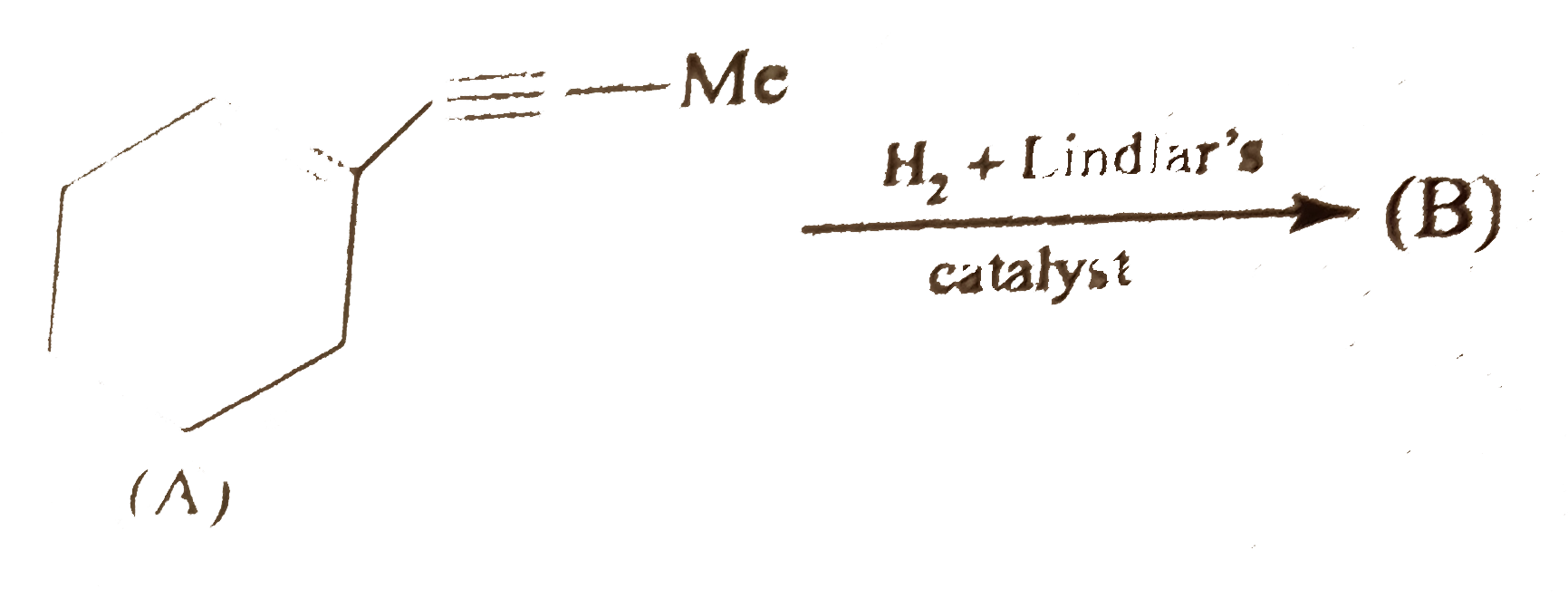
Identify product `(B)02:14View SolutionIdentify `(A)`.
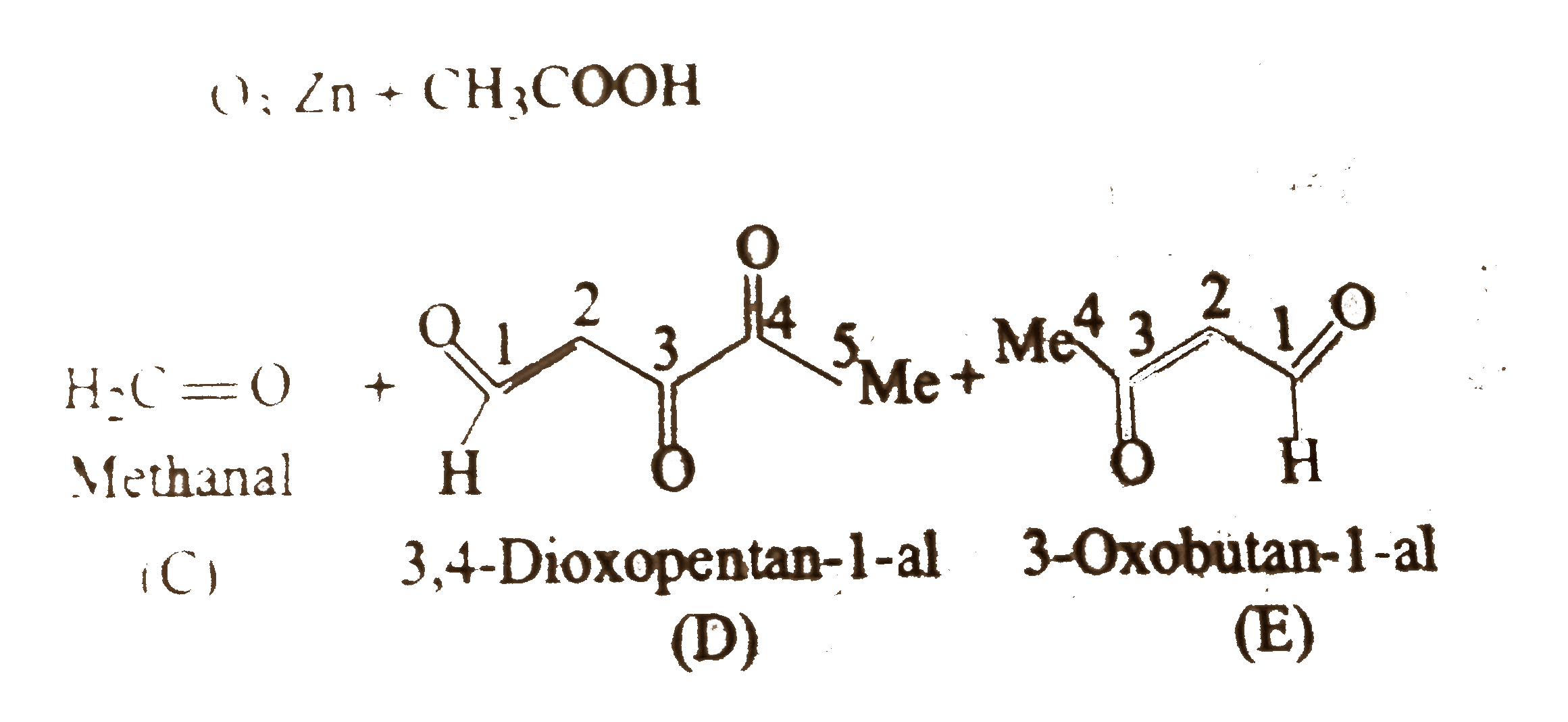 02:35View Solution
02:35View Solution
a. Write all the possible structures of `(A)` and `(B)`.
b. Write all the possible strutucres of `(A)` and `(B)`, if both are resolvable.11:57View SolutionIdentify the structure of hexyne.
02:04View SolutionGive the number of stereoismoers of `(A)` in the following reactions.
`a.` `(A)(C_(7)H_(12))overset(O_(3)//o x id. )rarrunderset((B))(Acet on e)+underset((C))(Oxalic a c i d) +underset((D))(Acetic aci d)`
`b.` `(A)(C_(8)H_(14))overset(O_(3)//o x id. )rarrunderset((B))(Butane-2-en e)+underset((C))(Oxalic a c i d) +underset((D))(Acetic aci d)`04:37View SolutionComplete the following reaction with appropriate reagents.
`a.`
`b.` 04:30View Solution
04:30View SolutionExplain the formation of the products giving the structures of the intermediates.
`a.`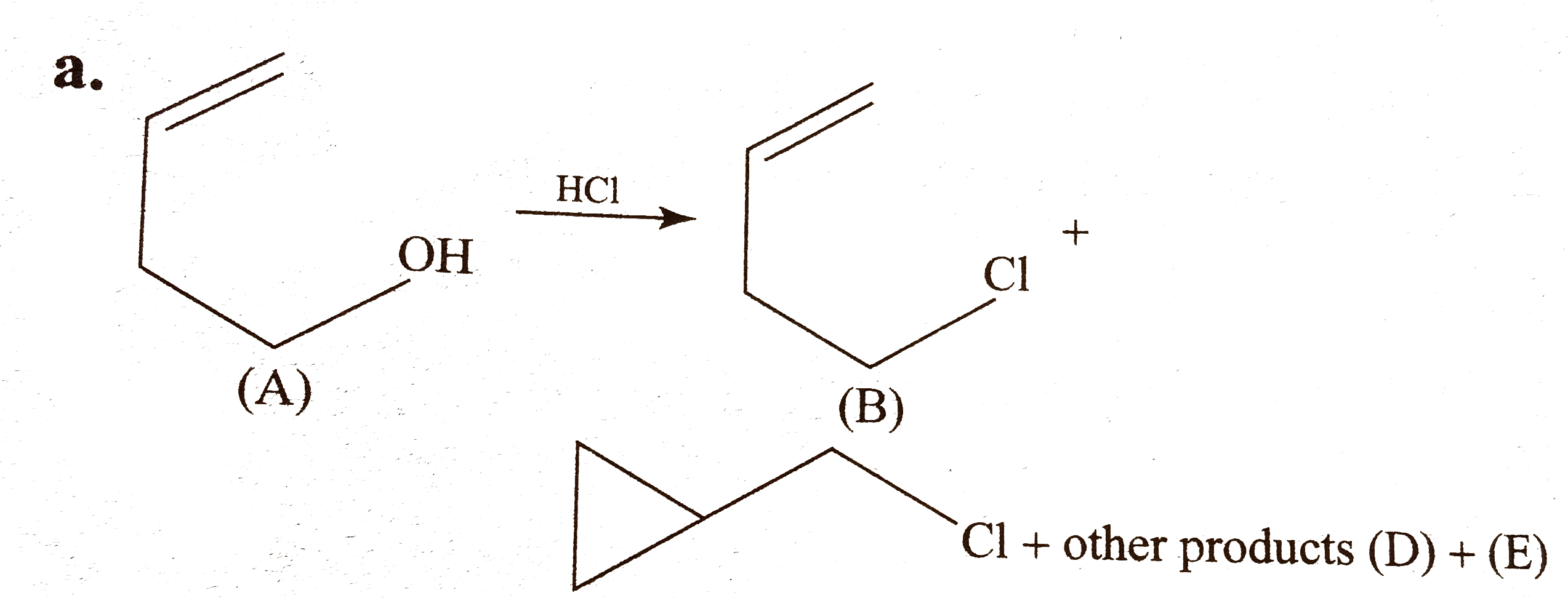
`b.` 05:11View Solution
05:11View SolutionWrite the intermediate step and give the product of the following reaction.
 02:41View Solution
02:41View SolutionComplete the following reactions `:`
`a.`
`b.` 03:46View Solution
03:46View Solution`a.`

Identigy `(B)` and `(C)` and also explain the formation of `C^(14)(C^(**))` in the compound `(C)`.03:27View SolutionComplete the following reaction `:`
 03:14View Solution
03:14View SolutionGive The Structure of Butanoic Acid, and name the Functional Group Present
02:29View SolutionIdentify `(A), (B), ` and `(C)` in the following reaction.
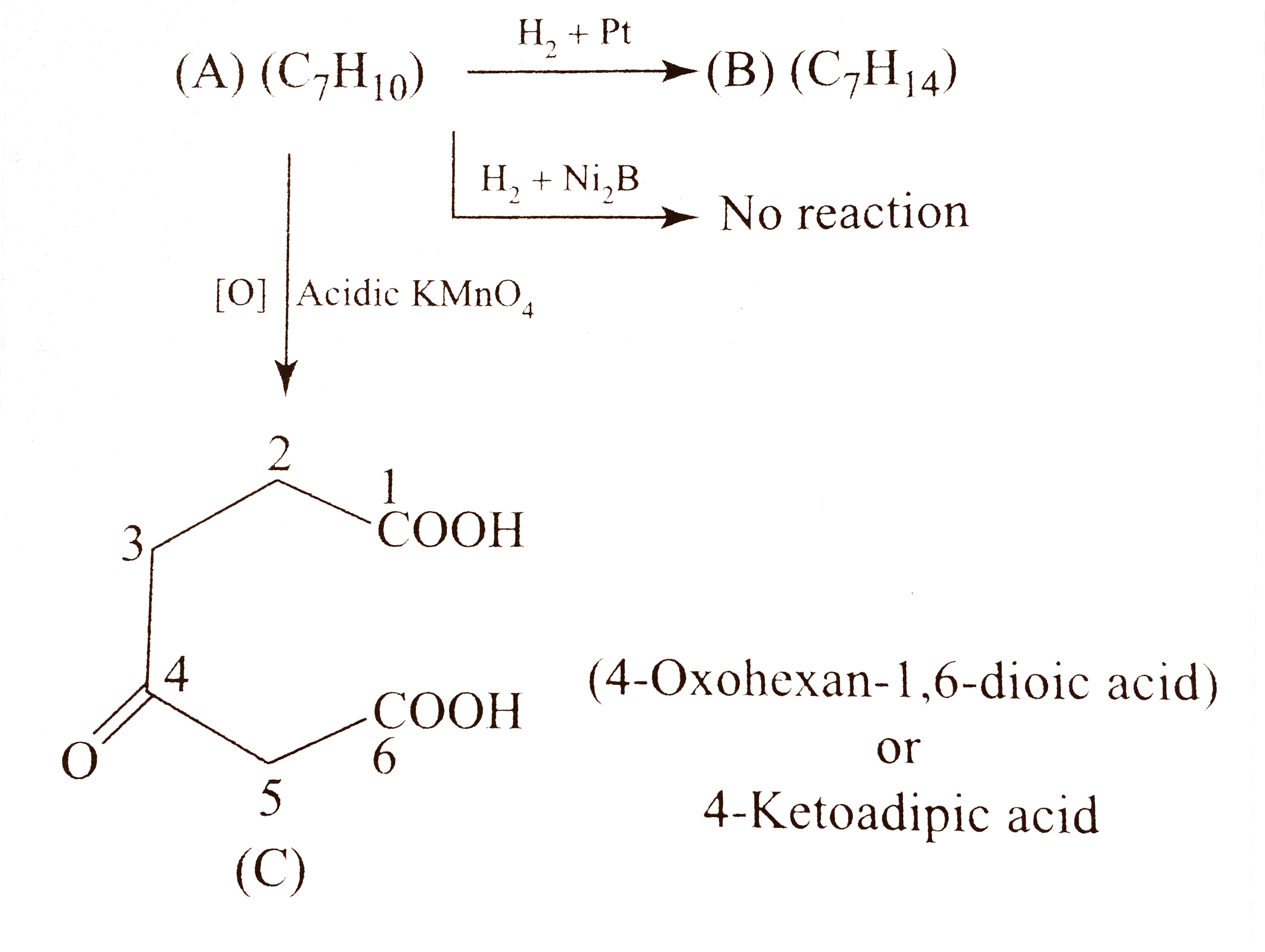 05:42View Solution
05:42View SolutionWhat is the numberical value of `(B)' and what types of isomers are they ?
`a.` 04:31View Solution
04:31View SolutionComplete the following reaction `:`
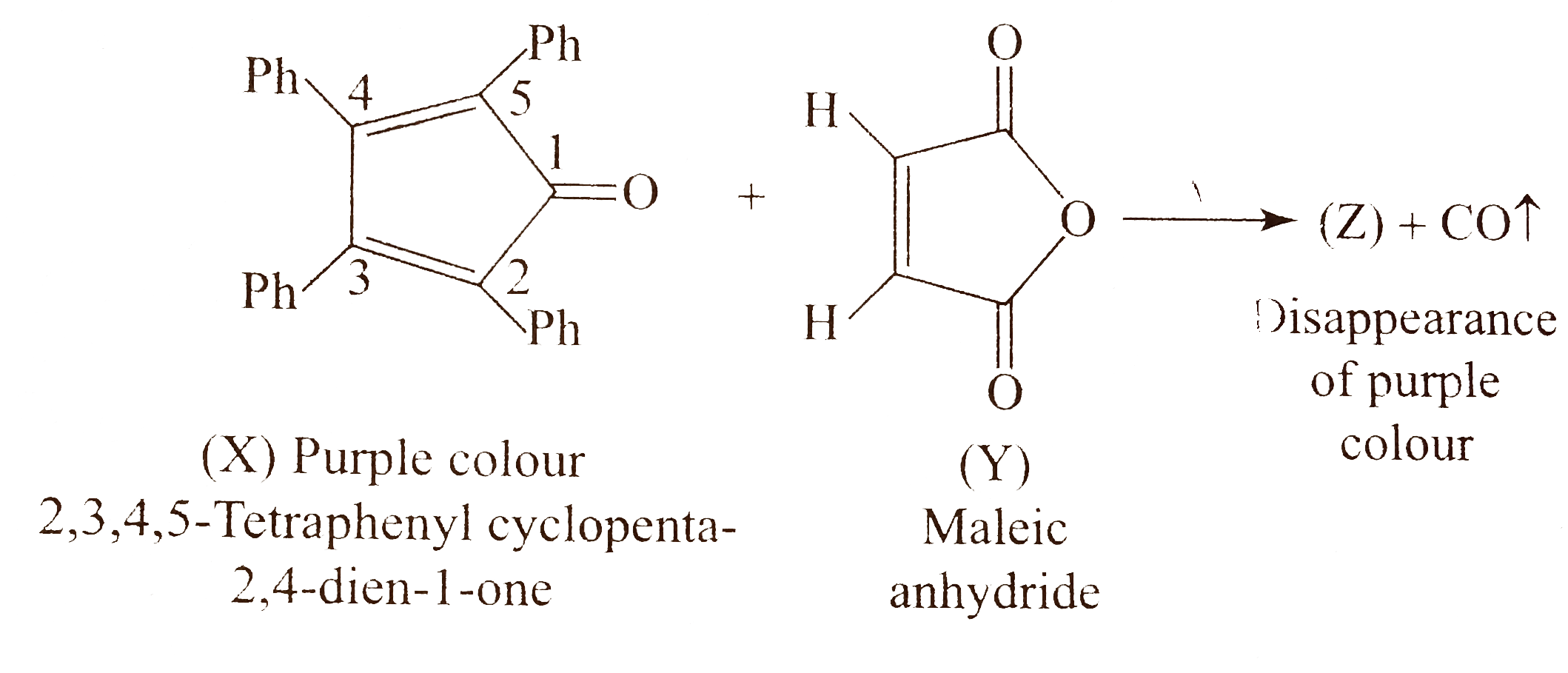 04:35View Solution
04:35View SolutionComplete the following reaction `:`
 06:23View Solution
06:23View SolutionIdentify the structure of propyne.
01:43View SolutionWrite the product with its mechanism.
 03:46View Solution
03:46View SolutionIdentify `(A)` to `(D)`.
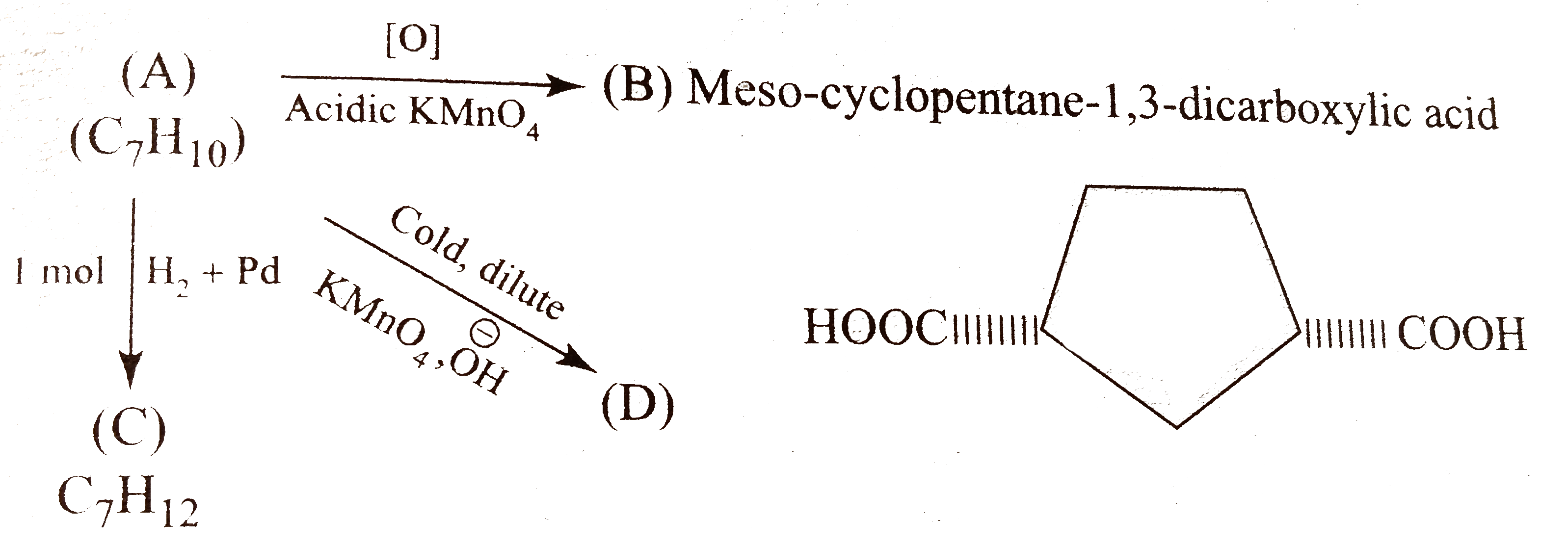 06:42View Solution
06:42View SolutionIdentify `(A)` to `(G)`.
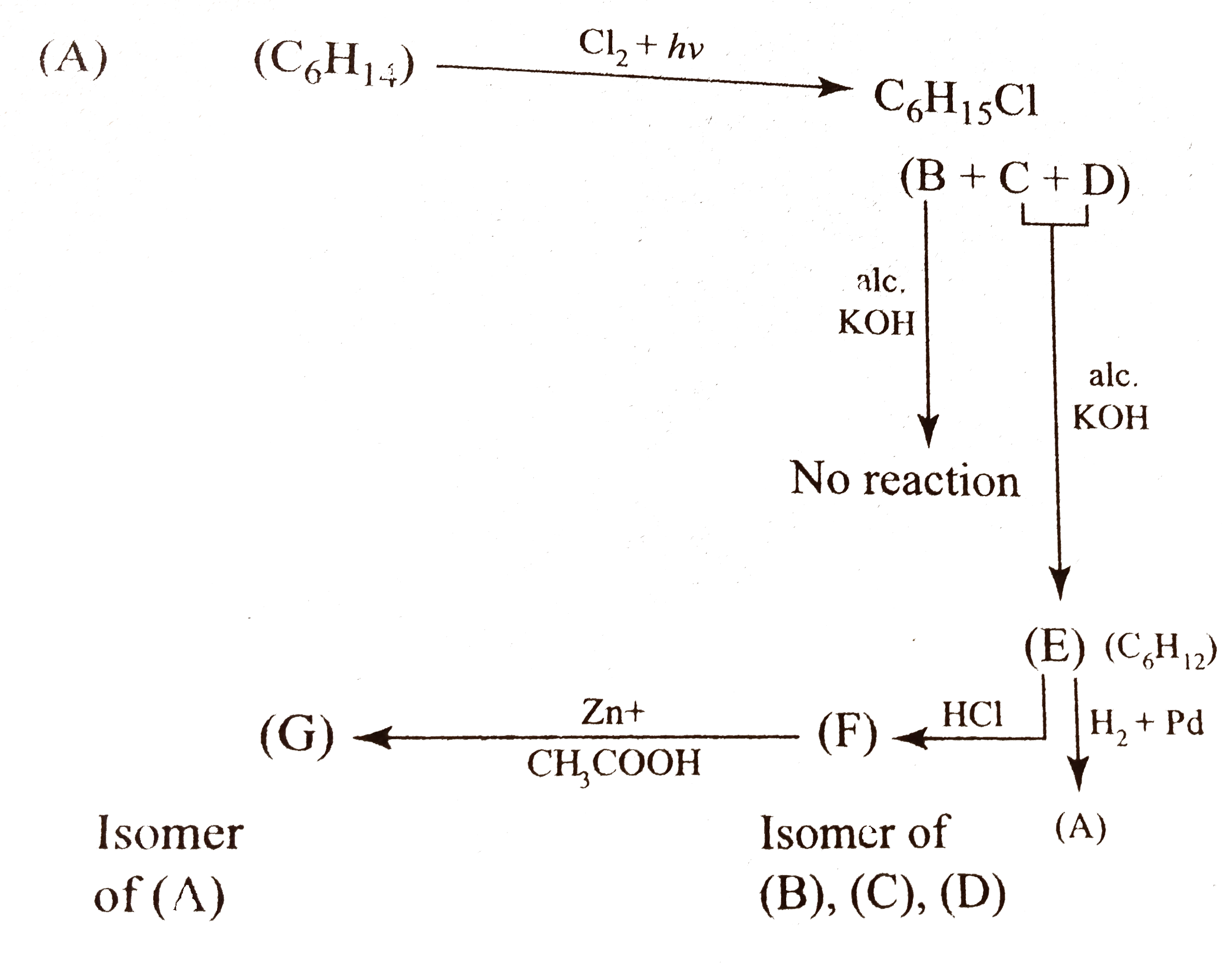 06:46View Solution
06:46View Solution`CH_3-CHO` is
01:31View SolutionWhich of the following show `G.I.`?
`a.`
`b.`
`c.`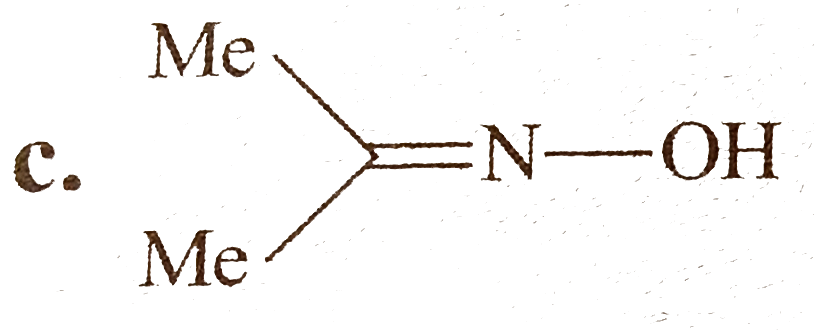
`d.` 02:47View Solution
02:47View SolutionGive `IUPAC` name to each to the following using `E` or `Z` designations.
`a.`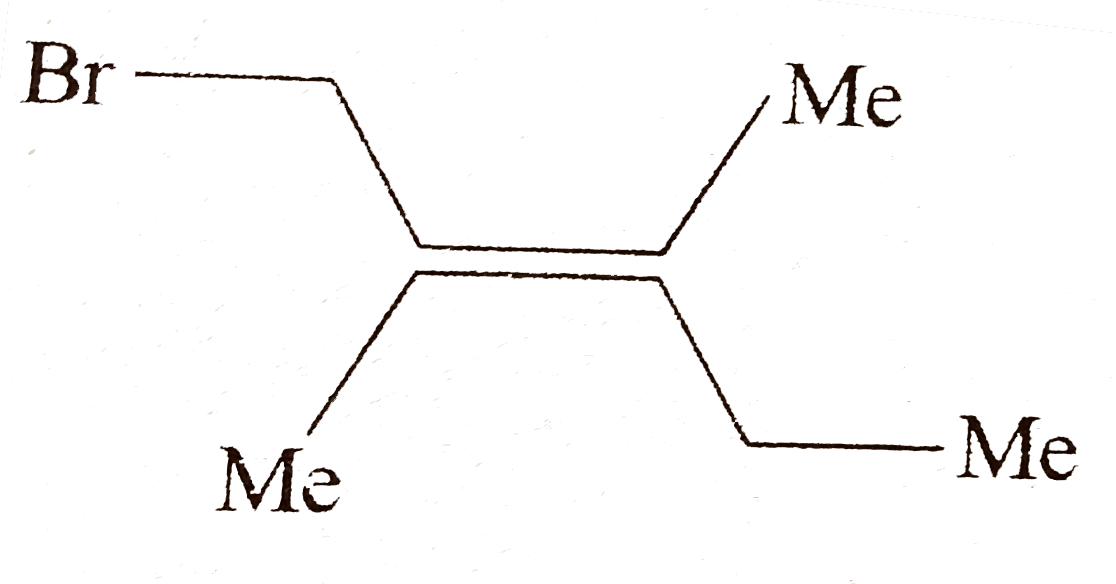
`b.`
`c.` 05:42View Solution
05:42View SolutionGive `IUPAC` names for the following using `E` and `Z` designations.
`a.`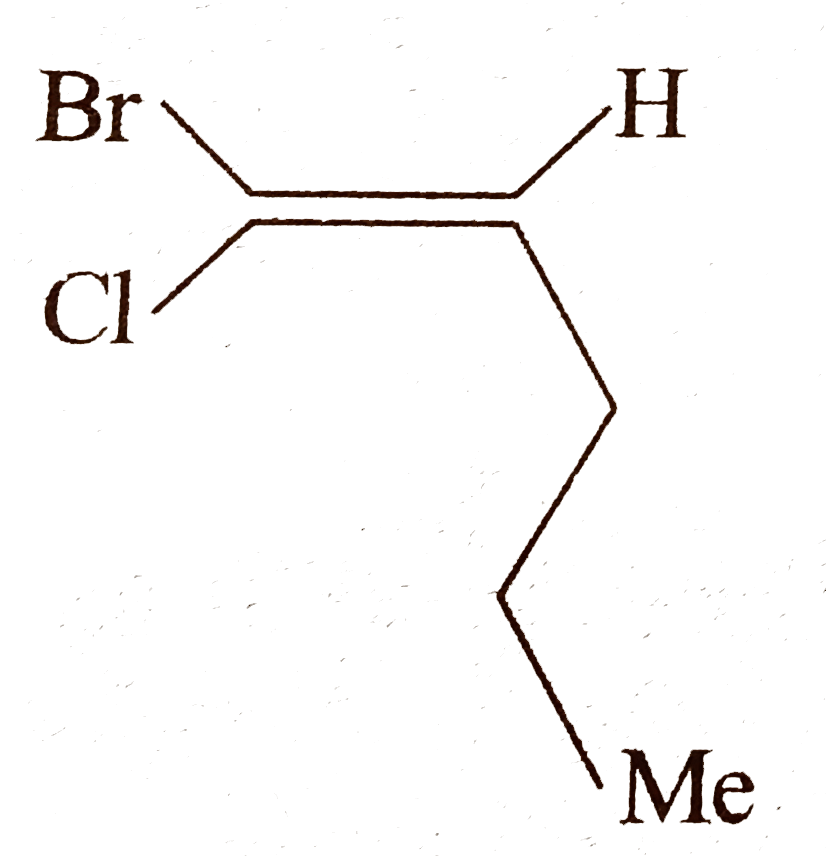 , `b.`
, `b.` 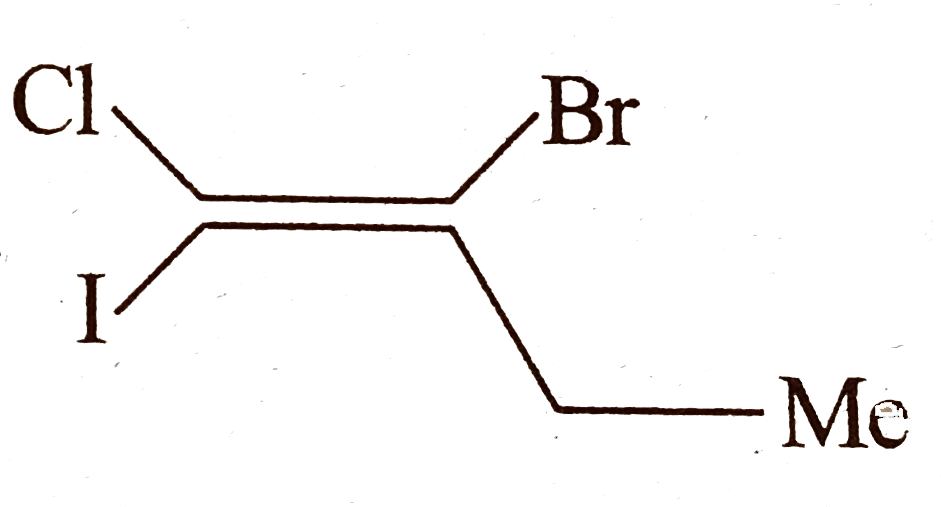
`c.` , `d.`
, `d.` 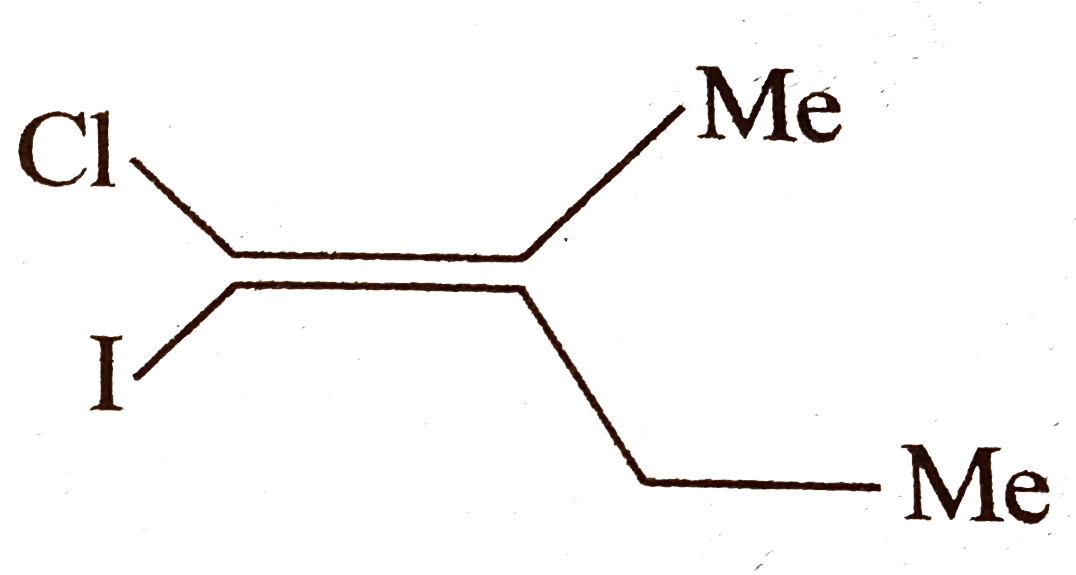 04:44View Solution
04:44View SolutionOn heating of ammonium cynate what is the product?
01:49View SolutionComplete the following reaction.
 04:49View Solution
04:49View SolutionGive the reaction of the following `:`
`i.`
`ii.` `2-`Bromo butane `+ C_(2)H_(5)Ona(` three products `)`03:52View SolutionGive the decreasing order or reactivity for the elimination with strong bases of `RX(X=F,CI,Br, `and `I). `
`b.` How is this information important to decide between `E2` and `E1cB`?06:15View SolutionA compound `(A)` is a sodium salt of dibasic acid and on electrolysis gives a gas `(B),` gas `CO_(2)` at anode, and `H_(2)(g)` at cathode.
Gas `(B)` does not give any test for unsaturation, `i.e.,` it does not decolourise `Br_(2)` water solution and aqueous `KMnO_(4)` solution.
Gas `(B)` on reaction with `(H_(2)+Pt)` at room temperature does not react but at `120^(@)C`, gas `(B)` gives butane. Identfy `(A)` and `(B)`05:36View SolutionGive the structure of an optically active alkene `(A)` having the lowest molecular mass, which on catalytic hydrogenation gives an optically inactive compound `(B)`.
02:46View SolutionGive the structure of an optically active alkyne `(A)` having the lowest molecular mass, which on hydrogenation with Lindlard's catalyst and Birch reduction gives the same lowest molecular mass optically active alkene.
04:17View SolutionGive the structure of an optically active unsaturated hydrocarbon `(A)` with the lowest molecular mass. Give the products of `(A)` with `:`
`a.` `H_(2)+Pd+BaSO_(4)+S` or quinoline in boiling xylene,
`b.` `K+Liq.NH_(3)+ETOH,`
`c.` `D_(2)+`Piosoned `Pd,`
`d.` `Na+Liq.ND_(3)+EtOH`, and
`e.` `Na+Liq. NH_(3)+EtOD.`05:16View SolutionExplain the formation of `(A)` and `(B)` in the following reaction.
`Oct-1-en eoverset(NBS+C C I_(4))underset(hv)rarrunderset((80%))((A))+underset((20%))((B))`03:43View SolutionGive all the possible products from the reaction of `NBS` with `4-`methyl `-` pent `-2-`ene` with the relative yields.
06:42View SolutionComplete the following reactions `:`
`a.` `(F)overset (+D)larr(E)overset(1.Li)underset(2.Cu l)larr (D)overset(HBr)larrCH_(3)CH=CH_(2)overset(NBS)rarr (A) overset(NBr)underset(RCOOR)rarr(B) overset(Mg)rarr(C)`
`b.` `CH_(3)CH=CH-CH_(3)overset(2NBS)rarr(A)overset(2I^(c-))rarr(B) overset(H_(2)N NH_(2)//O_(2))rarr(C)`
`c.`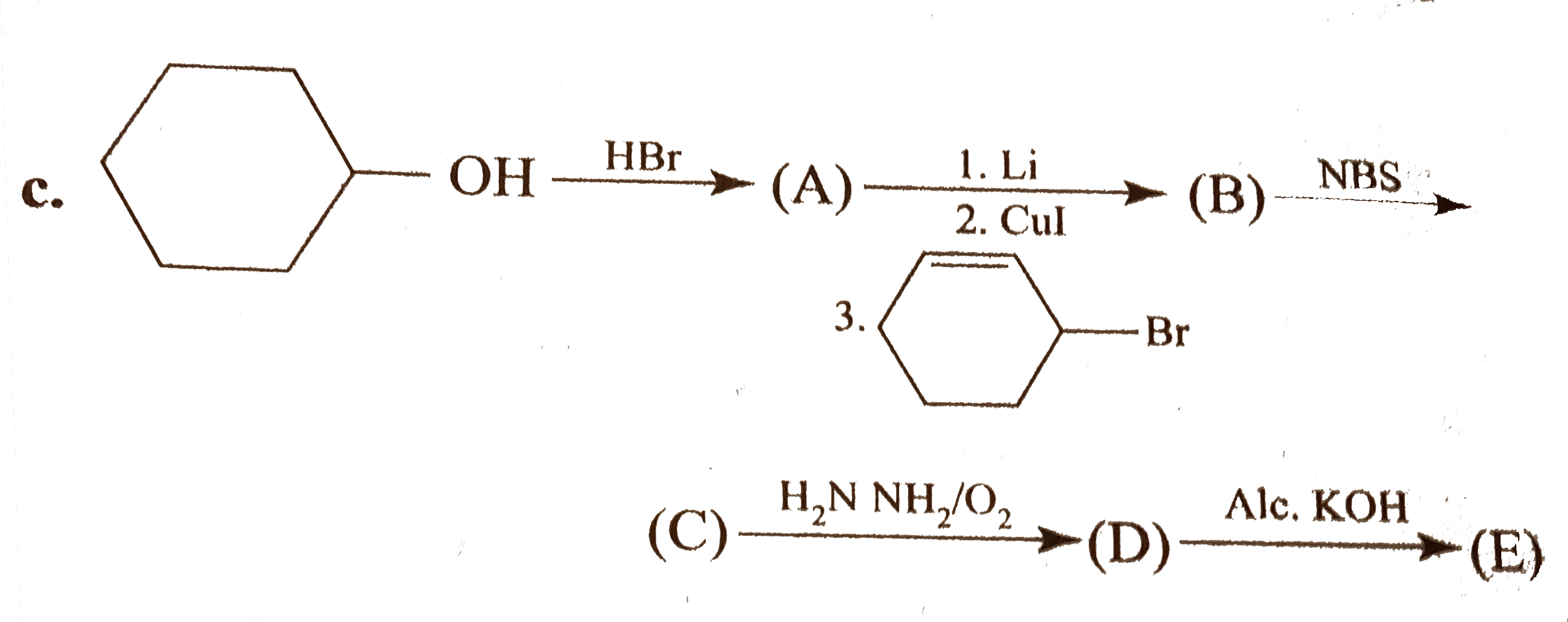 10:10View Solution
10:10View Solution`a.`

`c.` Tetrachloroethene does not give the test for unsaturation , `i.e.,` it does not decolourise `Br_(2)` water solution. Explain why03:47View Solutioni. Z-2,3-Dideuteroeo-but-2-ene `overset("Hydroboration")underset("bromination")rarr`
ii.E-2,3-Dideutereo-but -2-ene `overset("Hydroboration")underset("bromination")rarr`
iii. 1,2-Dideutereo cyclohexene `overset("Hydroboration")underset("bromination")rarr`05:20View SolutionComplete the following reactions`:`
`i.` `CH_(2)=CH_(2)` `overset(EtONa+eTOH)rarr`
`ii.` `F_(2)C=CF_(2)overset (EtONa+EtOH)rarr`03:33View Solution`a.` Convert butan`-1-`ol to `3-`chlorobutan `-2-`ol.
02:44View SolutionConvert `:`
`a.` `1-`Bromobutane to `2-`bromobutane
01:58View SolutionConvert`:`
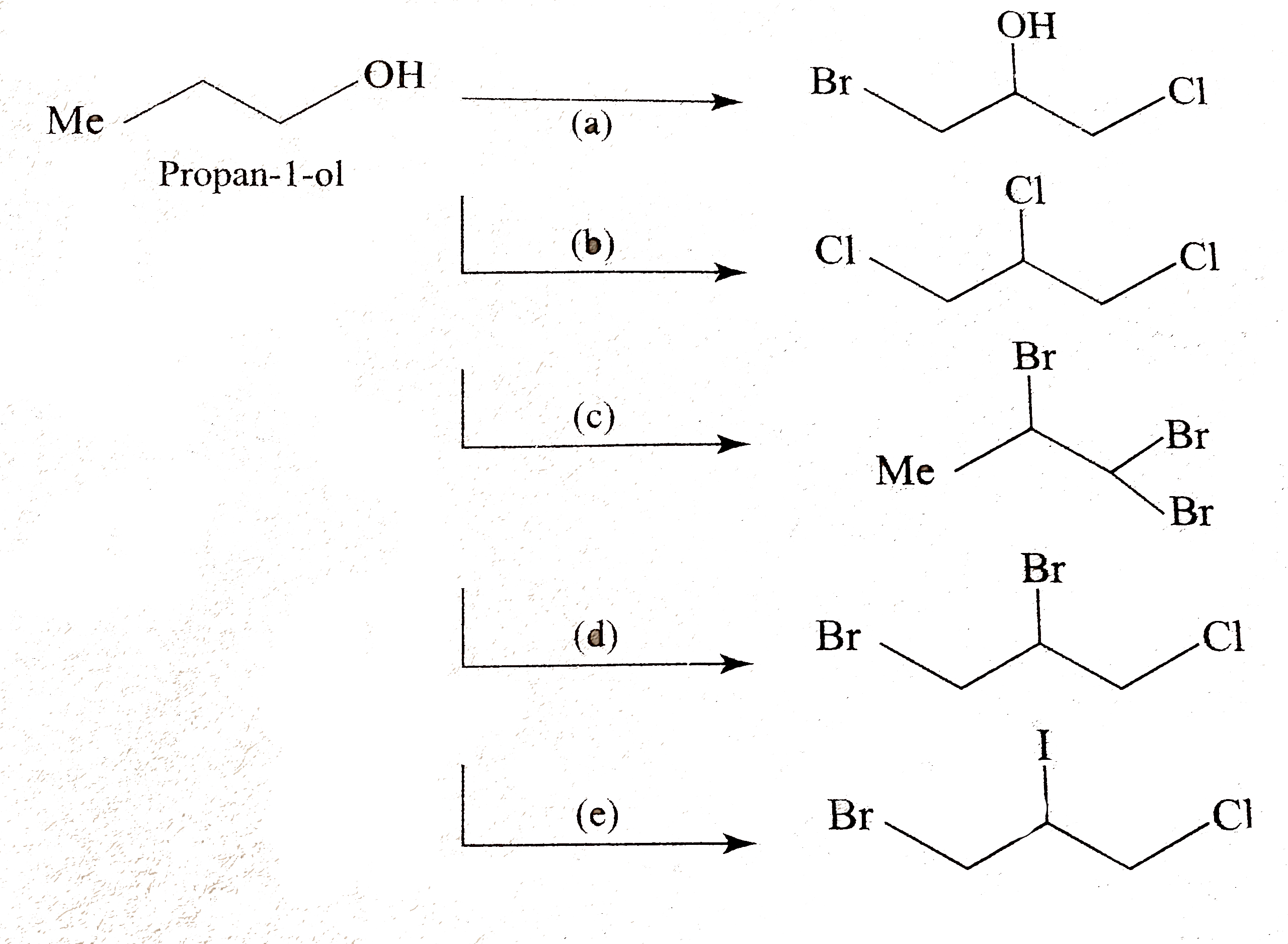 08:25View Solution
08:25View SolutionWrite the monomer of the following polymer `:`
`a.` `P.M.M.A.` ,`b.` `H.D.P.E `
`c. P.A.N` , `d.` Polystyrene
03:49View SolutionGive examples of some optically active polymers
03:28View SolutionBased on the arrangement of branching of `[(R)-(Ph),` in case of styron of `(CH_(3))`, in case of polypropene `]` groups relative to long`-` chain backbone of the polymer, how many types of stereoisomers are possible for styron or polypropene ?
02:41View SolutionConvert the following `:`
 04:20View Solution
04:20View SolutionIdentify compound `(A)`.
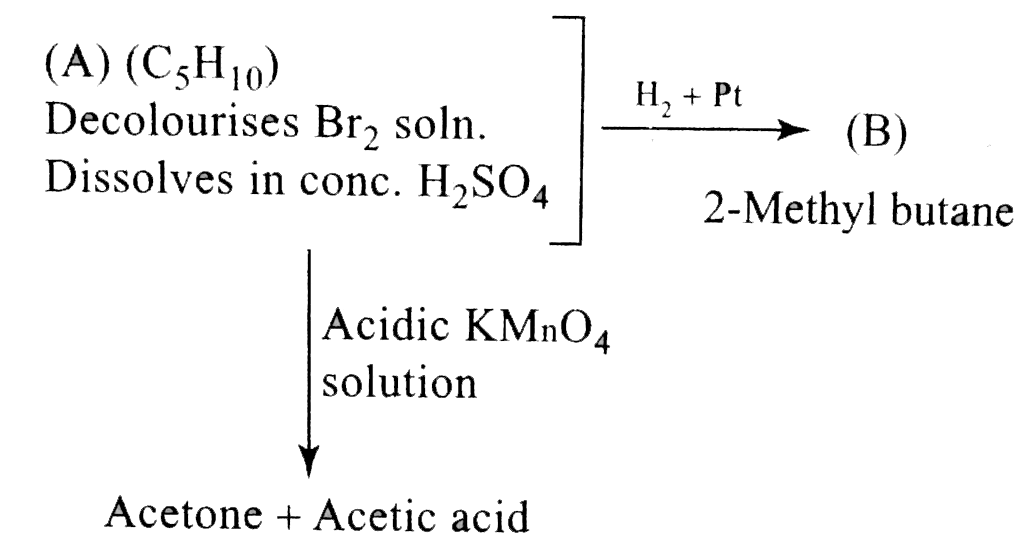 04:17View Solution
04:17View SolutionIdentify compound `(A)` and `(B)`.
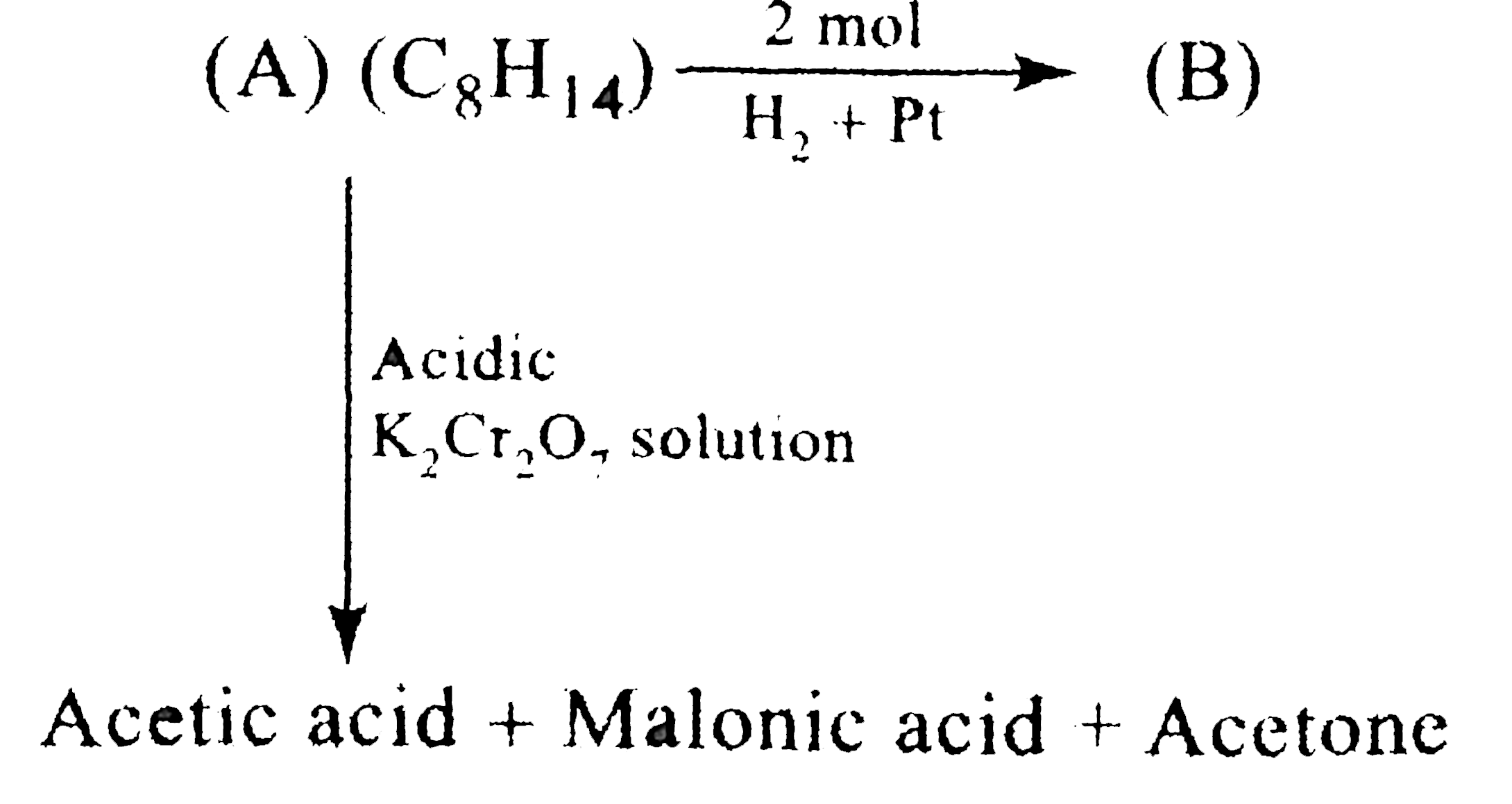 04:06View Solution
04:06View SolutionIdentify compounds `(A)` and `(B)`
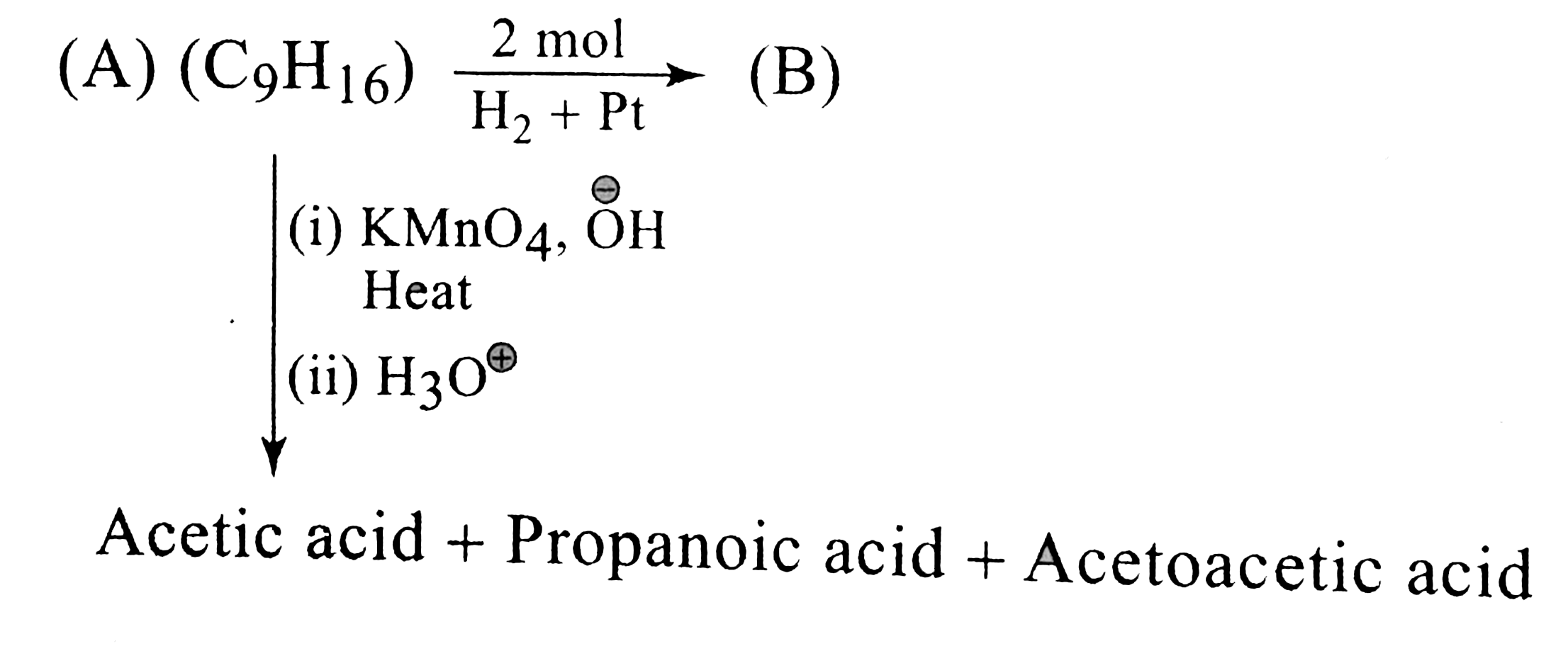 05:32View Solution
05:32View SolutionWrite the products of the reductive and oxidative ozonolyses of mesitylene.
02:56View SolutionIdentify compound `(A)` in the following reactions.
`a.`Compound `(A)O_(3) //H_(2)+Ptrarr2-`Methyl butanal and pentan `-2-`one
`b.` Identify `(A)` and `(b)`.
 05:09View Solution
05:09View SolutionGive the product of the following with `:`
`a. O_(3)//Zn-CH_(3)COOH` ,`b. O_(3)//H_(2)O` ,`c. O_(3)//H_(2)O_(2),`
`d.` acidic `KMnO_(4)` and `e.` cold alkaline `KMnO_(4)`.
`i.`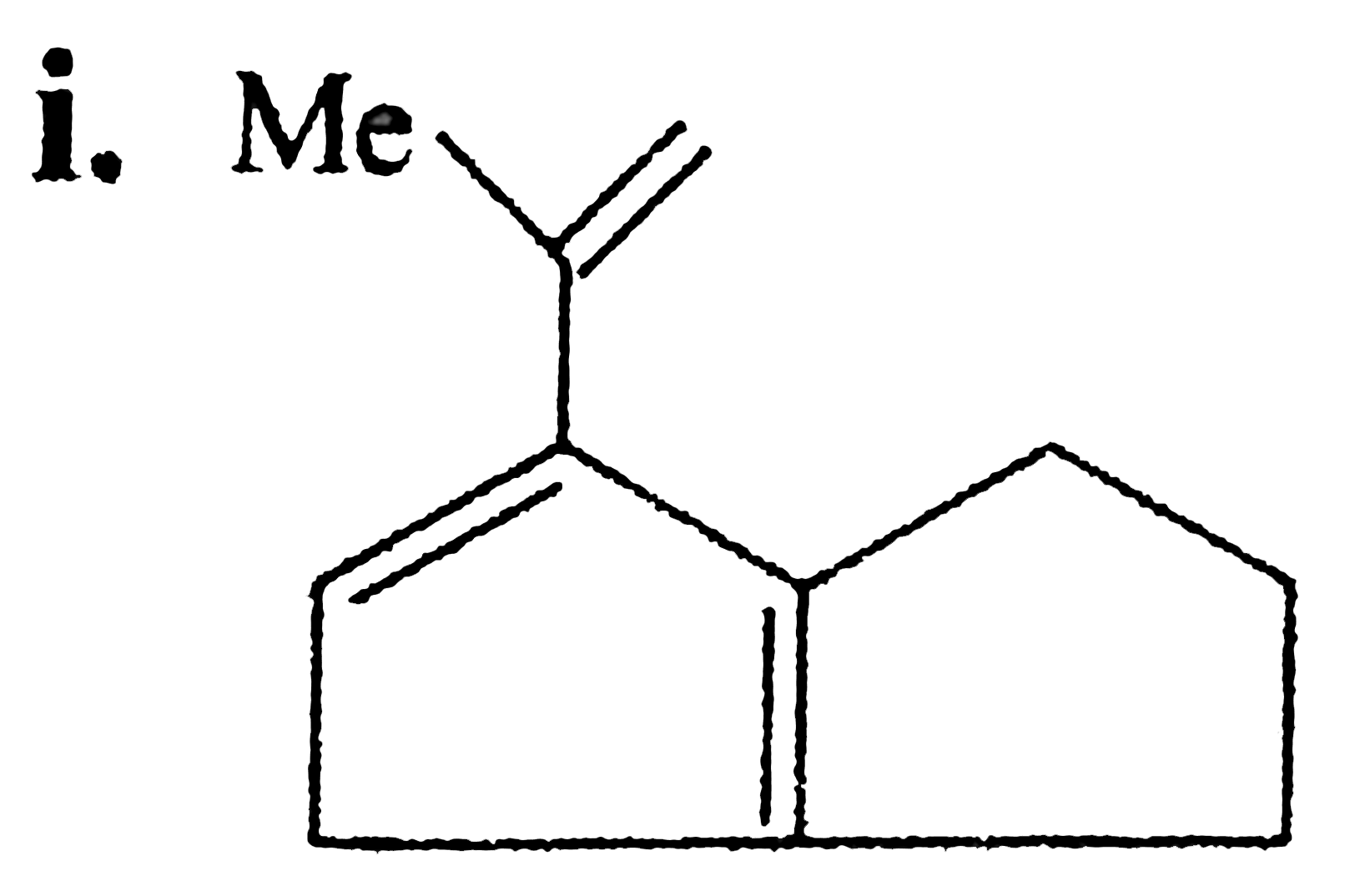 06:55View Solution
06:55View SolutionWrite the structural formulae for the compounds that yields the following products on reductive ozonolysis.
`a.` `2 mol ` of butan `-2- `one
`b.` Methanal
`c.` Pentan `-3-`one `+` Glyoxal `+` Propanal
`d.` Pretan `-1,5-` dial
`e. ` `2 mol ` of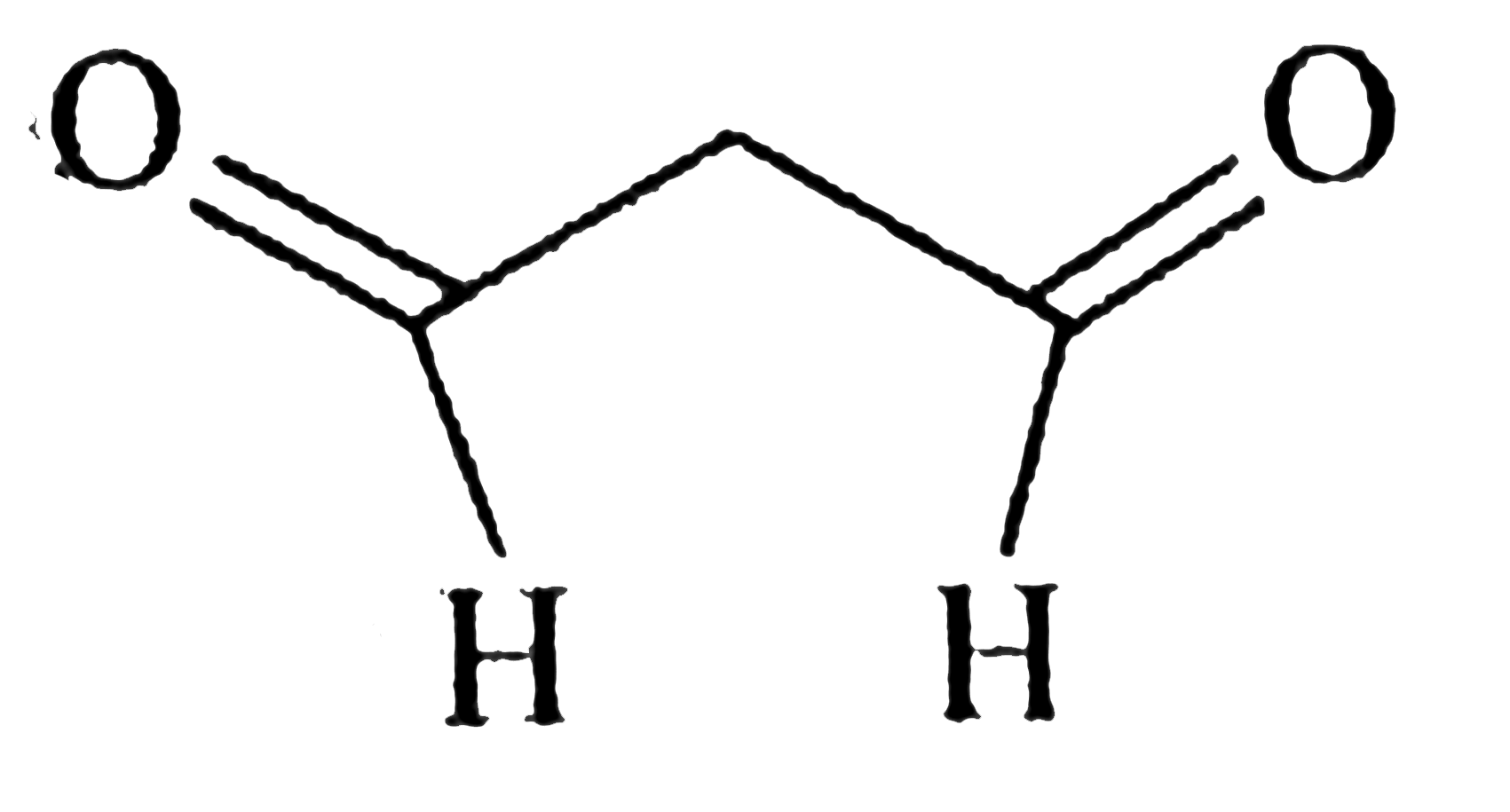 05:57View Solution
05:57View SolutionGive the product obtained from the oxidation of the following compounds with acidic `K_(2)Cr_(2)O_(7).`
`a.` Cyclobutene , `b. 1-`Methyl cyclobutene
`c.` `1,2-` Dimethyl cyclobutene02:48View Solution
Find C03:18View SolutionComlete the following reaction `:`
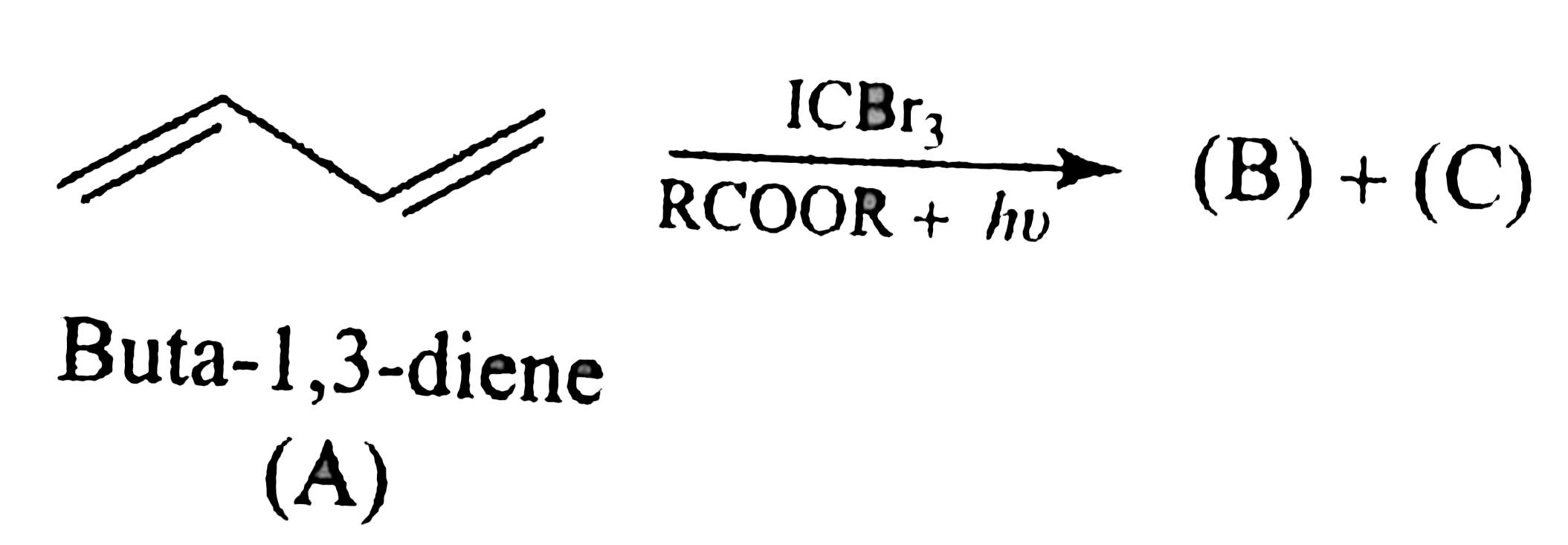
Also write the mechanism of the reaction.05:36View SolutionGive all the structural isomers `(` excloding stereoisomers and allenes `)` of diene with the molecular formula `C_(6)H_(10)`.
03:49View SolutionComplete the following reaction `:`

Also write the mechanism of the reaction.06:49View SolutionWrite all the resonating structures of `:`

Which of these carbons will react with `Br^(Θ)` to give thermodynamically favoured product ?03:18View SolutionConvert `:`
 06:19View Solution
06:19View SolutionGive the name and structure of the lowest molecular mass cumulative polyene that shows only geometrical isomeris `(` diastereomers `)` and not optical isomers.
04:06View Solution
Complete the reaction05:56View Solution
SOLVED Example questions and complete solutions for chapter ALKENES AND ALKADIENES of CENGAGE CHEMISTRY (ENGLISH) of Class 11
